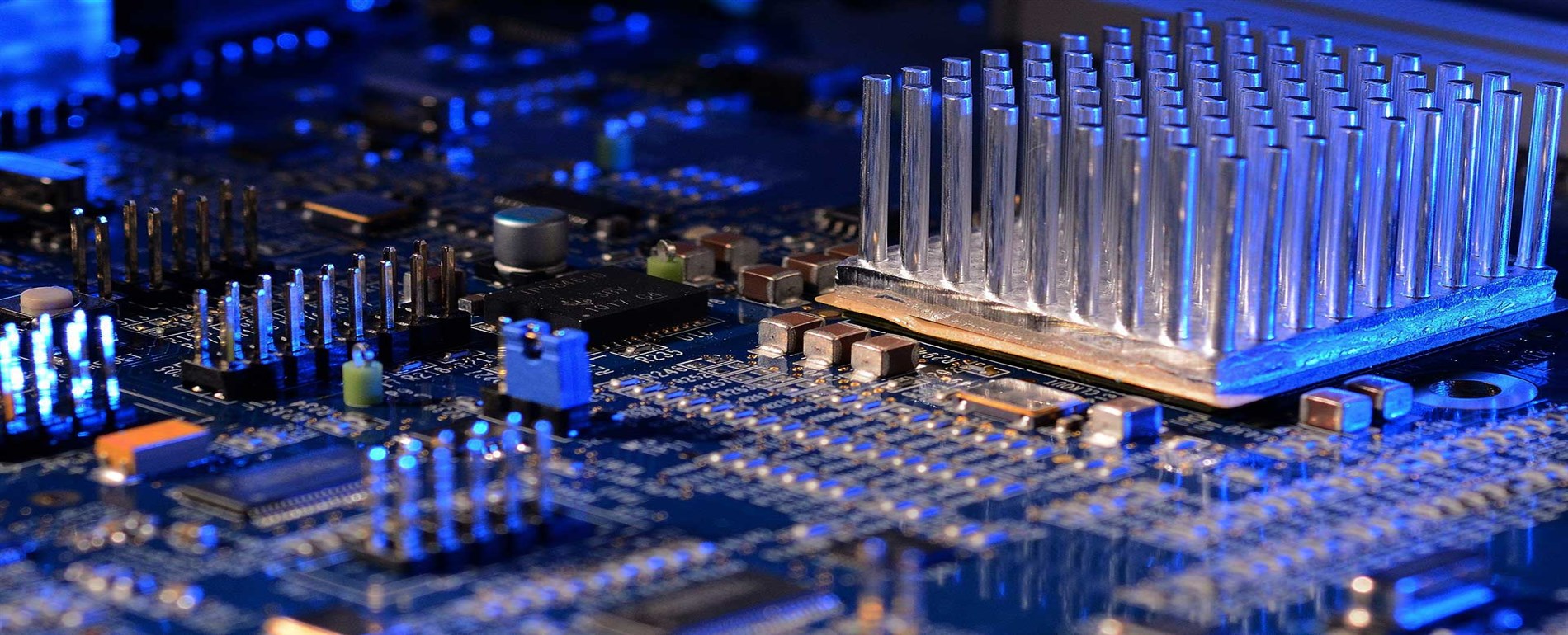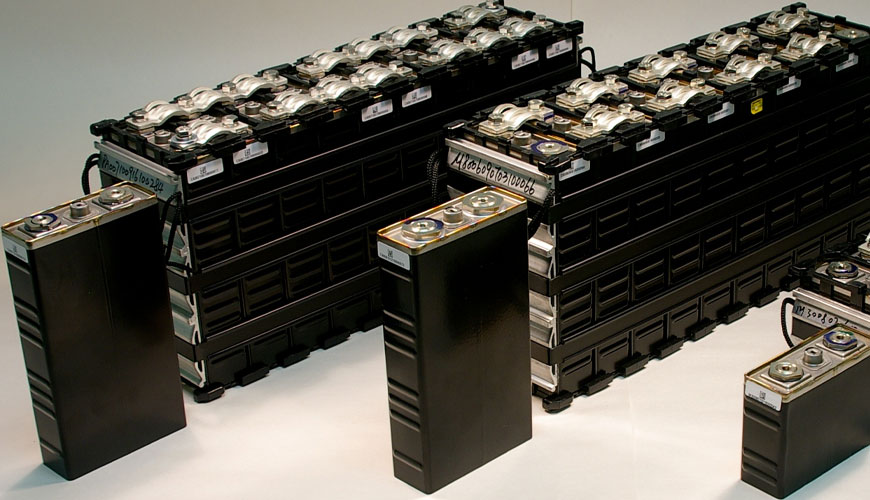

EUROLAB, with its state-of-the-art accredited laboratories and expert team, provides precise and fast testing services within the scope of IEC EN 62485-1 test. IEC EN 62485-1 specifies the basic requirements for secondary batteries and battery installations. Requirements regarding safety, reliability, life expectancy, mechanical durability, cycle stability, internal resistance, and battery temperature are determined by various applications, which in turn determines the choice of battery design and technology. In general, requirements and definitions are specified for lead-acid and nickel-cadmium batteries. Requirements for other battery systems containing aqueous electrolyte may apply accordingly.

The standard covers safety aspects, taking into account the hazards associated with:
Different electrochemical systems have acidic or alkaline aqueous electrolytes. These electrochemical systems generate different voltages depending on the type of positive and negative electrodes and the type of electrolyte. A nominal voltage is defined for each of the systems.
After a discharge, the secondary batteries can be recharged using a suitable DC power source. Normally, batteries provide energy to devices, systems or vehicles for a specified period of time, regardless of the main power source.
The characteristic of charging equipment is determined by the electrochemical system, battery design and application. The charger will provide the necessary charging characteristics and charging regime to suit the operating conditions.
In case the battery works in parallel with the charger and the load, the current and voltage settings of the system should reflect the values specified by the battery manufacturer.
For proper charging of secondary batteries, the charging procedures and charging regimes specified by the manufacturer shall be followed. Limit values and operating conditions must be complied with in order for the secondary batteries to have a long life. Checking the charging voltage (overcharge protection) and current is recommended to detect irregularities during a charge. Some conditions may extend the charging time, eg. low mains voltage or low electrolyte temperature requiring longer recharge time or undercharge problem.
EUROLAB assists manufacturers with IEC EN 62485-1 test compliance. Our test experts, with their professional working mission and principles, provide you, our manufacturers and suppliers, the best service and controlled testing process in our laboratories. Thanks to these services, businesses receive more effective, high-performance and quality testing services and provide safe, fast and uninterrupted service to their customers.
To get an appointment, to get more detailed information or to request an evaluation, you can ask us to fill in our form and reach you.